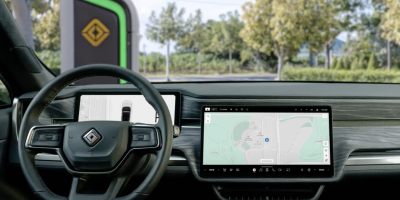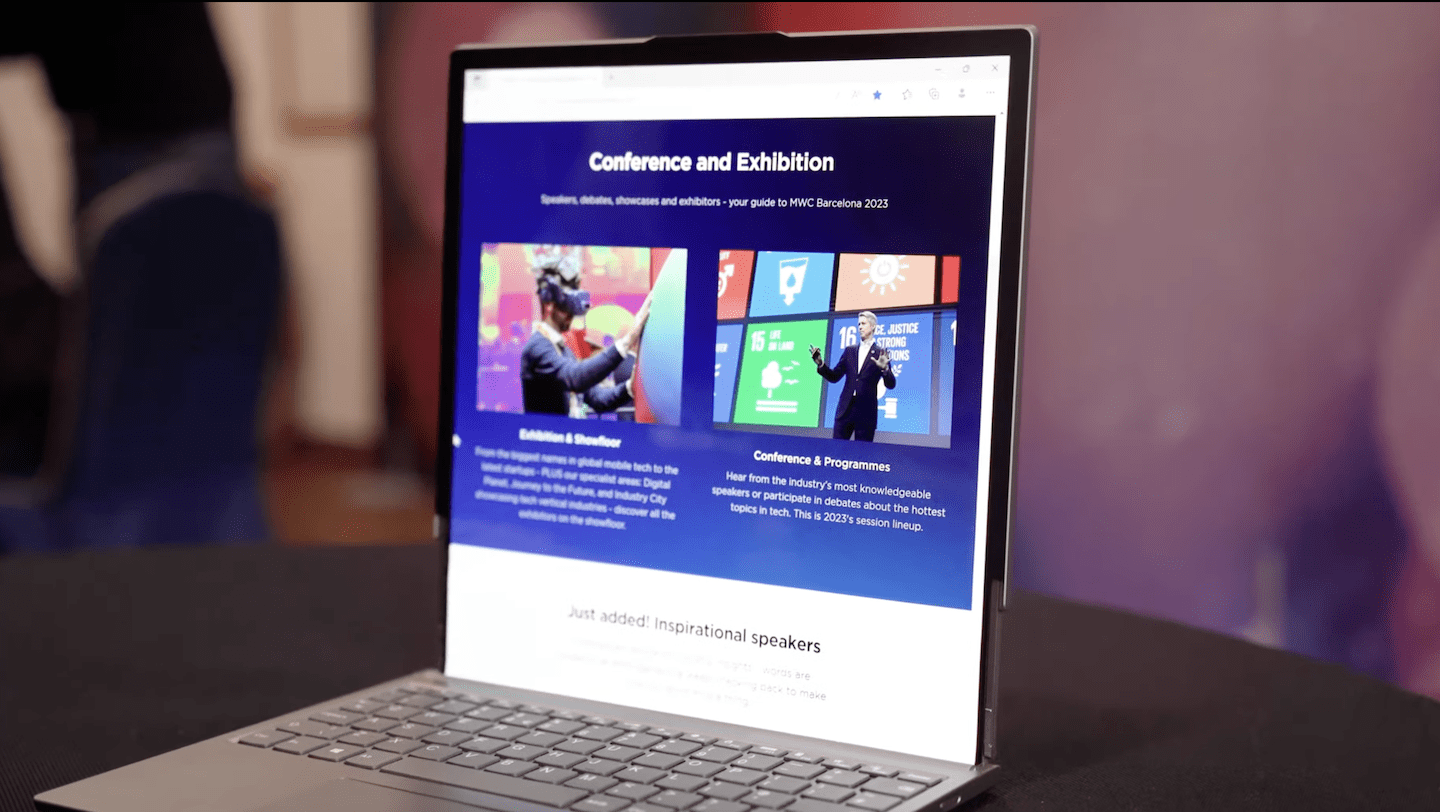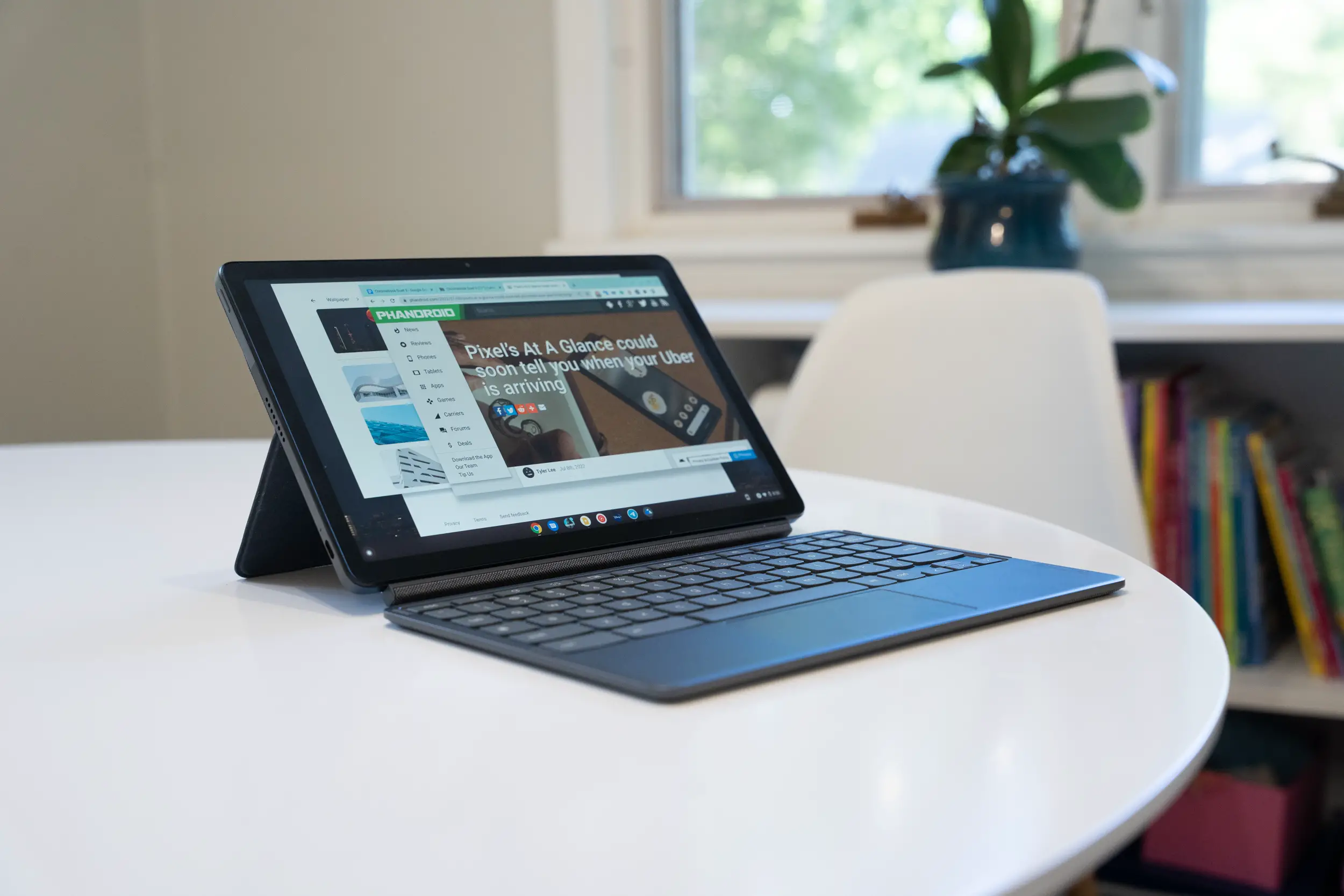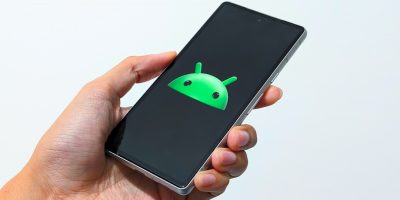Google’s admitted that Android – in its current state – is not optimized (or meant) for tablets, but that doesn’t mean they want developers to hold off on targeting devices with bigger screen sizes and higher resolutions. Specifically mentioning the Galaxy Tab to set up a quick primer on programming with pixel density in mind, Google’s Tim Bray shows developers how the most subtle differences in your programming practice could make or break the portability of your app (visually, anyway).
I didn’t read too deep into the document (as I don’t possess the smarts to understand Android development just yet), but if you’re a developer whose app looks butt ugly on a device like the Samsung Galaxy Tab or the Dell Streak, then you’ll want to head over there to the Android Developers blog to read this piece pronto.











Now if we could get an emulator for this screen size, that would be great
Although possibly we could create a custom one ourselves, using the correct width, height, and resolution?
-Brad
The Android SDK does allow you to define specific screen sizes and resolutions for the emulator.
Well I’ve dived into trying it, and I got the emulator to work in Portrait mode but when I switch it to landscape it crashes.
Using the mod details found here: http://groups.google.com/group/android-developers/browse_thread/thread/bbad1666dacb3647
-Brad
Then there are tabs like Archos that have their own SDK entirely, haha.